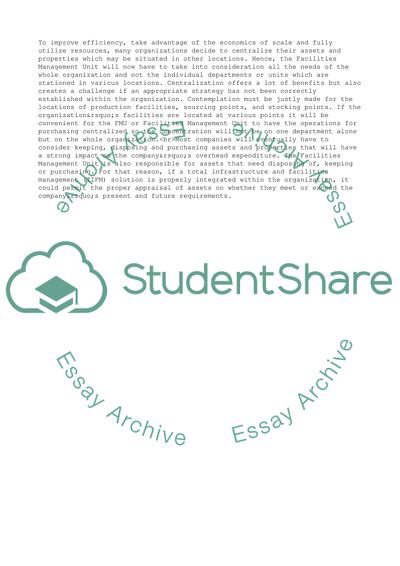Cite this document
(The Problem and Its Relationship with Operations Management Research Paper - 1, n.d.)
The Problem and Its Relationship with Operations Management Research Paper - 1. Retrieved from https://studentshare.org/management/1731944-operations-management
The Problem and Its Relationship with Operations Management Research Paper - 1. Retrieved from https://studentshare.org/management/1731944-operations-management
(The Problem and Its Relationship With Operations Management Research Paper - 1)
The Problem and Its Relationship With Operations Management Research Paper - 1. https://studentshare.org/management/1731944-operations-management.
The Problem and Its Relationship With Operations Management Research Paper - 1. https://studentshare.org/management/1731944-operations-management.
“The Problem and Its Relationship With Operations Management Research Paper - 1”, n.d. https://studentshare.org/management/1731944-operations-management.


